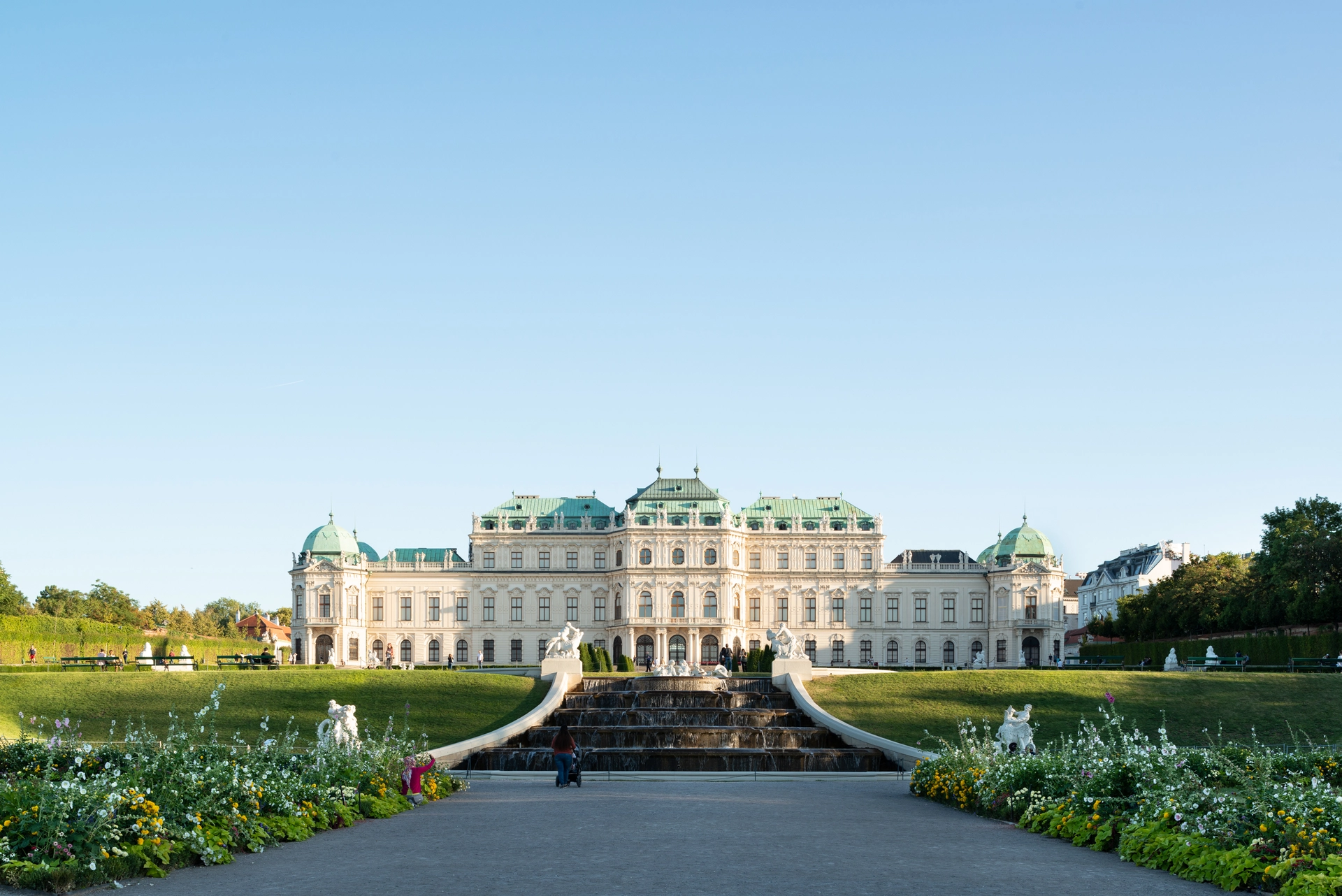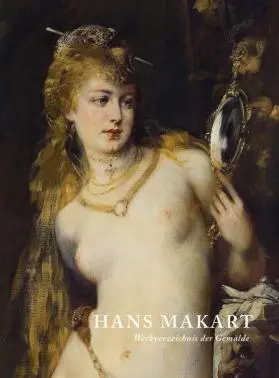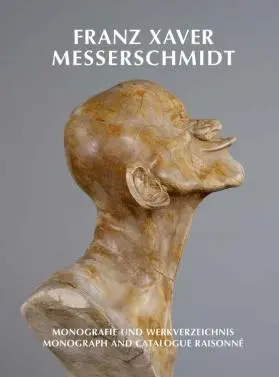Belvedere
The Belvedere, built in the 18th century for Prince Eugene of Savoy, is considered to be one of the most beautiful buildings of the Baroque period and is a UNESCO world heritage site. Already under the reign of Maria Theresia and Joseph II, since 1781, was the upper Belvedere used as an exhibition space for imperial collections and therefore served as one of the first public museums worldwide. Today, the Belvedere houses the most prominent collection of Austrian art from the Middle Ages to present, supplemented by works from international artists. Among its highlights are the biggest collection of Gustav Klimt paintings, works by Egon Schiele and Oskar Kokoschka, as well as important pieces of Viennese Biedermeier and French Impressionism. The impressive marble hall was the site of the signing of the Austrian State treaty. The lower Belvedere served as Prince Eugene’s private residence and today houses temporary exhibitions with an emphasis on Austrian art in an international context.
The Dorotheum sponsors the scholarship project aimed at compiling catalogues raisonnés of the Belvedere’s works by important Austrian artists. The publication series includes, among others, artists such as Alfred Wickenburg, Marc Adrian, Franz Xaver Messerschmidt, Hans Markart, Tina Blau, as well as the Carl Moll catalogue raisonné, published in autumn 2019, along with a catalogue of his paintings and prints.
New: Carl Moll catalogue raisonné
New insights into Moll’s artistic activity are now provided by the catalogue raisonné of his paintings and prints compiled by Cornelia Cabuk, which appears in the Belvedere catalogue raisonné series sponsored by Dorotheum. The catalogue of works is already available for research on the Belvedere’s freely accessible online platform for catalogues raisonnés. The printed version including the monograph will be published shortly.

Belvedere, Foto © Lukas Schaller




